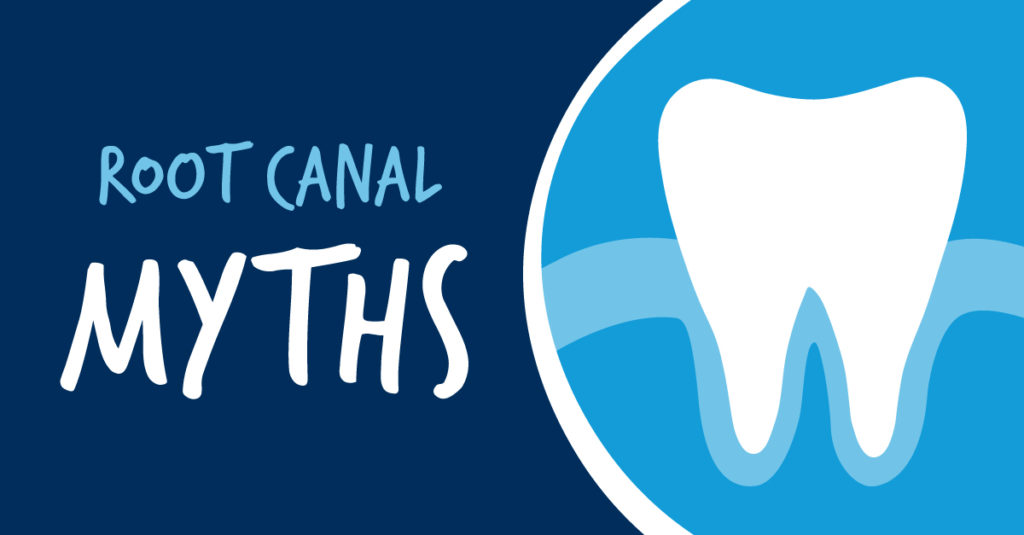
Toothaches are tricky — they can feel like a minor tinge or they can cause crippling pain. That’s why we want to share some common toothache causes, their symptoms and when you should seek help from your dentist.
What is the definition of a toothache?
Pain or inflammation in or around the tooth, often caused by tooth infection or decay.
What are common toothache causes?
A toothache can have causes that are not due to underlying disease. Toothache causes may include getting something stuck in between the teeth, flossing, biting into something hard, or braces. Remember, in children, tooth pain is a regular part of the developmental process.
Common Toothache Causes:
- Tooth decay
- Inflammation of tooth pulp
- Tooth fracture or broken tooth
- Sensitive Teeth
- Damaged filling
- Abscessed tooth
- Infected gums or gum disease
- Impacted tooth
- Repetitive motions, such as grinding teeth or chewing gum
- Sinus congestion or infection (non-dental related issues)
Related Articles:
- “I have Sensitive Teeth!” How can You Reduce Tooth Sensitivity?
- Gum Disease: Can a Simple Cavity turn into Gum Disease?
- Are You Experiencing Jaw Pain? You Could Have TMJ
Common Symptoms of a Toothache:
- Tooth pain that may be constant, throbbing, or sharp
- Tooth pain while chewing
- Pain results only when pressure is applied to the tooth, for some people
- Foul-tasting drainage from the tooth infection
- Cold or hot sensitivity when eating or drinking
- Swelling in your jaw or around the tooth
- Bleeding or discharge from around a tooth or gums
- Headache or fever
- Trauma or injury to the area
When do I need to see a Dentist About my Toothache?
We recommend seeing your dentist as soon as possible about your toothache if:
- Your toothache is severe
- You have consistent tooth pain that lasts longer than 1 or 2 days
- Inflammation increases
- Swelling occurs around your jaw or face
- Redness occurs around the gums or your gums are bleeding
- You have an earache or fever
- If you notice that a tooth is cracked, broken, or chipped
- You experience pain upon opening your mouth wide
- Dull, persistent pain can be a sign of something that will get worse if not treated
- You’ve suffered a recent trauma to your face or mouth
How do I stop my tooth from throbbing?
Try these self-care tips for some temporary relief, while you’re waiting to see your dentist:
- Rinse your mouth with warm salt water
- Floss gently to remove built up plaque or food in between teeth
- Apply a cold compress to your cheek or jaw
- Take an over-the-counter pain medication, like ibuprofen (Advil, Motrin), acetaminophen (Tylenol), and aspirin can relieve minor pain
- Numbing gels or pastes, such as benzocaine, can help to dull the pain
When I Go to the Dentist for a Toothache, what happens?
Your dentist will conduct a dental exam first. He or she will ask you questions about the pain, such as:
- when the pain started
- how severe it is
- where the pain is located
- what makes the pain worse and what makes it better
- does the pain wake you up in the middle of the night
Your dentist will examine:
- your mouth, teeth and gums
- tongue, jaws and throat
- sinuses, nose, ears and neck
X-rays may be taken as well as other tests, depending on what your dentist suspects is causing your toothache.
What Treatments Are Available for a Toothache?
Treatment for a toothache depends on the cause or source of pain. If a cavity is causing the toothache, your dentist will remove the decay or infection, fill the cavity or possibly extract the tooth (only if there is no way to save the tooth).
A root canal may be necessary if the cause of the toothache is from an infection of the tooth’s nerve. Bacteria that have worked their way into the inner areas of the tooth cause that type of infection. Your dentist may prescribe an antibiotic, if there is swelling or fever in the jaw to get rid of the infection.
Related Articles:
Root Canal Treatment: Root Canal Myths Debunked
Tooth Extraction: Reasons for Pulling Teeth
How Can Toothaches Be Prevented?
Tooth decay causes most toothaches, so following a good oral hygiene routine can prevent most toothaches.
Practices of good oral hygiene consist of:
- brush teeth twice daily with a fluoride toothpaste
- floss daily
- rinse once or twice each day with an antiseptic mouthwash
- see your dentist twice a year for professional exam and cleaning
Gently brushing your teeth with a soft-bristle brush and fluoride toothpaste will remove the bacteria and plaque that are toothache causes to begin with. In addition to these practices, ask your dentist about fluoride treatments and sealant applications and make healthy snack, food, and beverage choices that are low in sugar.
Related Articles:
Why is it important to schedule your Dental Exam Twice Each Year?
Dental Health Services for Your Children
Dr. Gary P. Skrobanek and his experienced, friendly team at GPS Dental offer affordable family dentistry and gentle dental care in the San Antonio, TX area. Our office is conveniently located and offers early morning appointment times Monday through Friday to meet your needs. At GPS Dental, we provide most dental services, from family and general dentistry to dental implants, sleep apnea, TMJ / TMD Treatment, cosmetic dentistry and much more. We accept most dental insurance plans and offer affordable financial solutions for any budget. Call us at (210) 633-3477 to make an appointment.









